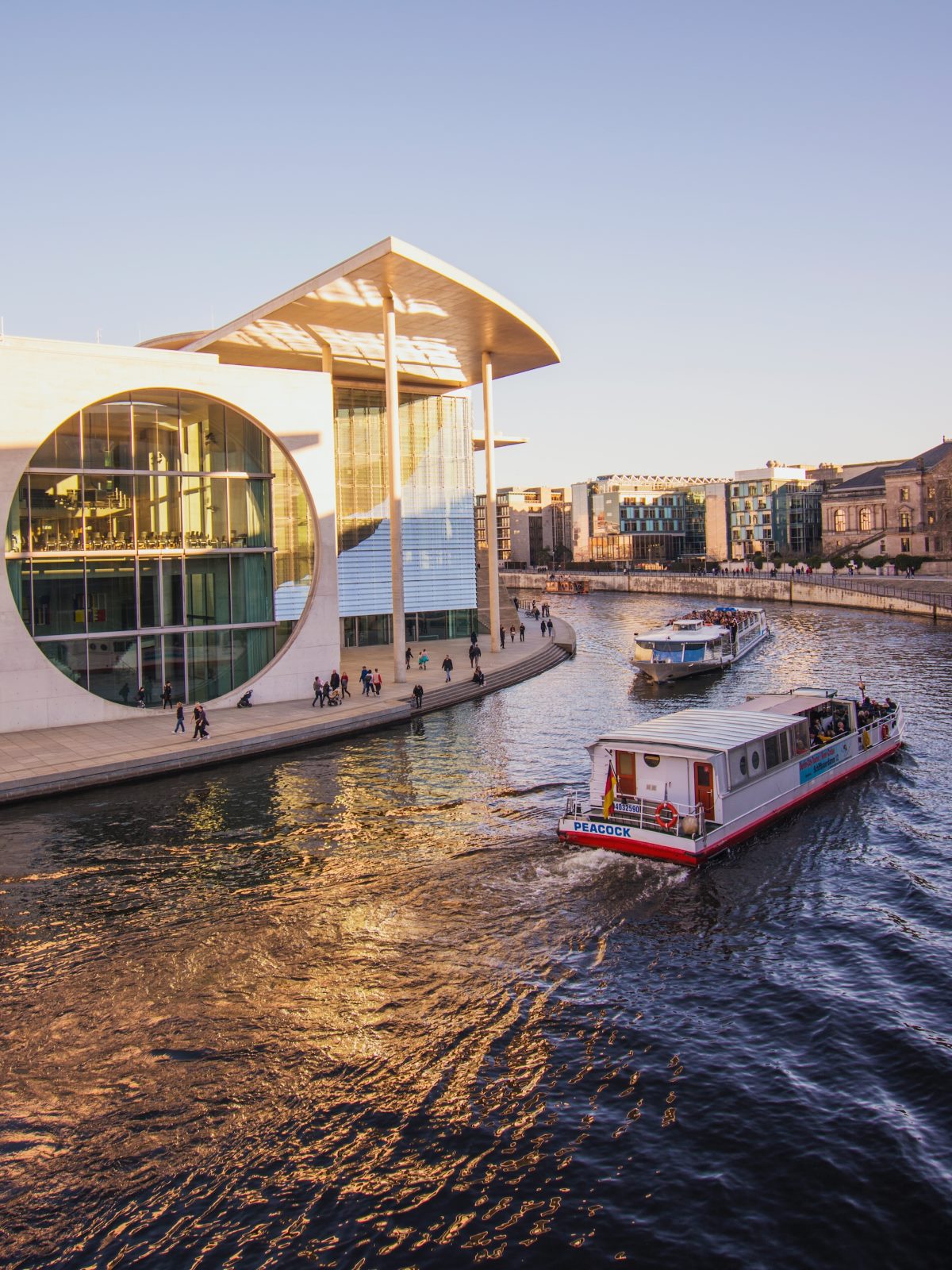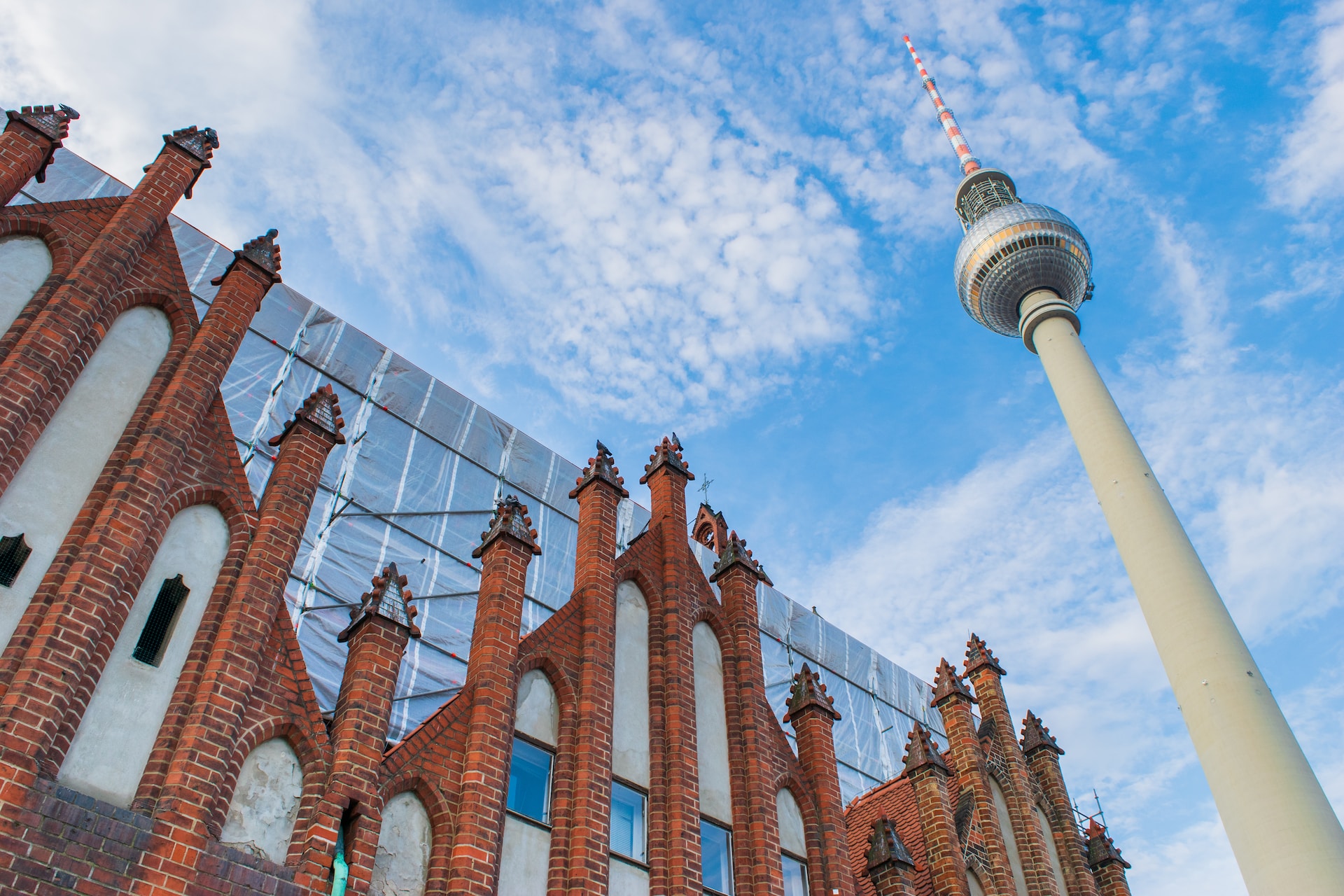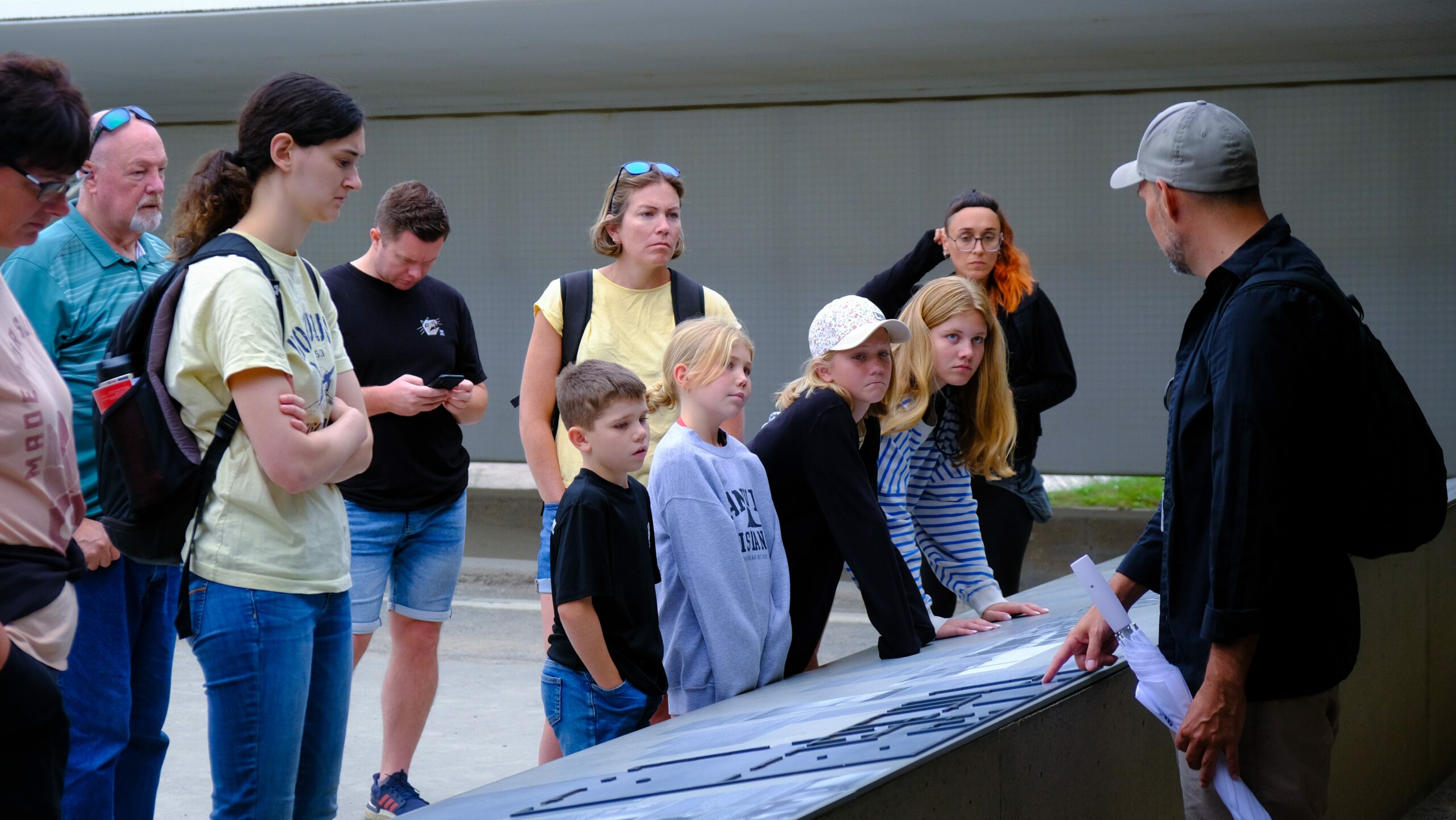If one is willing to know how evil human beings can be especially during the Second World War, a visit to concentration camps helps in learning. Concentration camps in Europe can be described as having been prison like facilities where Jews and other people considered inferior by the Nazi regime were held from 1933 to 1945, Forty five years ago, Berlin and the surrounding area of Germany are seen to have had some concentration camps. Specifically, in this writing, you are going to learn about the concentration camps in Berlin that you can visit to have a first-hand experience of these dreadful events in human history.
Sachsenhausen Concentration Camp
The Sachsenhausen was located near Oranienburg, about 22 miles North of Berlin and was one of the first and largest concentration camps ever been set up in the year 1936. This created the history of these camps, this camp was a sort of sending station, and acted as a training for SS officers. Nowadays, it is a memorial and a museum where people can see the genuine buildings with their own eyes, watch the exhibition, and think of all of those whose lives were taken during the holocaust.
What to expect:
- Video of prisoners recounting the events in the camp, exhibition of the camp and history of its existence.
- Original structures, living quarters, prisoner’s cells, a punishment block and the hospital part where prisoners with ailments would be treated.
- Execution ground for thousand of prisoners in the Station Z.
- A welcome center with tour services and self- guiding tours that come along with sound tour guide in different languages to enhance visitors experience.
- Sachsenhausen Concentration Camp Memorial
- The name of the former Sachsenhausen Concentration Camp is embodied in today’s Sachsenhausen Concentration Camp Memorial – a place that is dedicated to the remembrance of the victims, reflection on the historical events, as well as the education of the people. This memorial was set up in the year 1961, and it has the main purpose of reminding the population of the existence as well as the details of the Holocaust that happened in the camp.
What to explore:
The imposing entrance gate with the infamous “Arbeit Macht Frei” inscription.
The last one was the exhibit of the Jewish Barrack, showing the living conditions and torture of Jewish prisoners.
National Holocaust Memorial dedicated to the victims of the fascism and militarism where the extermination of the Jews particularly Nazi regime was in power.
The four ‘footprints’ that one can see before the desert represent the Path of the Camp Prisoners.
Ravensbrück Concentration Camp
Ravensbrück Concentration Camp is situated 56 km to the north of Berlin and represents one of the places where women were exterminated during the Holocaust. It was formed in 1939 and was initially a camp for the female prisoners with the capacity of hosting more than 130,000 women of all kinds.
What to explore:
- The Documentation Centre that includes histories and stories of the prisoners as well as the history of the concentration camp.
- The life sized barracks model, represents how the women prisoners were living in Breadalbane.
- Another installation to be seen in the exteriors of the camp is the Children’s Memorial whose purpose is to commemorate the innocent children who lost their lives while in the camp.
- The Wall of Nations, a wall painted with and depicting the countries of the prisoners.
- Sachsenhausen and Ravensbrück Guided Tours
- To know more about these concentration camps, they will be useful to be under the guide of a local expert on the history and facts of the place. It is possible to organize a guided tour, which is usually done with the use ofProfessional tour guides who are multilingual and will ensure that they take visitors through the site while explaining important aspects.
Tips for your visit:
It is also advisable to inquire for the opening times and purchase tickets in advance to avoid disappointments.
Sneakers are recommended as well as appropriate clothing and accessories since there will be moving around the city and exploring nature.
It is rather useful to have a packed lunch and extra bottle water as it is highly emotional to take a round and watch what once was.
It is important to pay special attention to police presence or any restricted signs for decorum as well, do not take photos or laugh there.
What is more, visiting concentration camps near Berlin allows paying the tribute to the victims and victims, studying the lessons of the past and making sure that all the same thing will not occur in the future. Again, to achieve the noble goal of a more tolerant and compassionate society in this world, it is through education and remembrance.
Table of Contents




